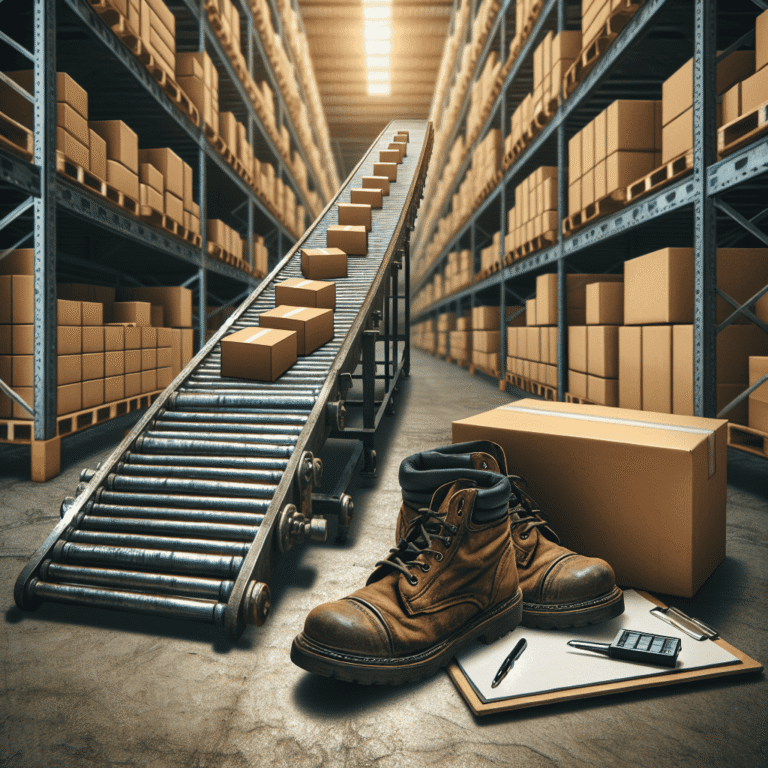UPS is reportedly in ongoing discussions with robotics startup Figure AI to explore a potential partnership that would see the deployment of Figure AI’s humanoid robots within the logistics giant’s operations. According to Bloomberg sources, the talks are active but details about the specific functions these robots would fulfill at UPS remain undisclosed. UPS declined to comment directly on possible vendor partnerships but reaffirmed its regular evaluation of various emerging technologies, including robotics, to enhance its logistics capabilities.
Recent developments indicate Figure AI’s growing presence in the robotics industry. In February, the startup posted a video demonstrating its robots sorting parcels on a conveyor belt, showcasing their application in automating warehouse and logistics tasks. Around the same time, Figure AI announced a significant Series B funding round and entered a collaboration agreement with OpenAI to develop advanced Artificial Intelligence models tailored for humanoid robots. The company also revealed plans to leverage Microsoft Azure for its Artificial Intelligence-related infrastructure and training needs. Figure AI’s founder and CEO, Brett Adcock, emphasized the company´s intent to accelerate bringing humanoid robots into mainstream commercial operations.
The anticipated partnership reflects broader excitement and investment in robotics driven by progress in Artificial Intelligence. Experts like University of Chicago’s Sarah Sebo highlight how integrated Artificial Intelligence allows robots to better perceive and interact with their environment, improving object detection and situational awareness. The sector has seen several high-profile moves, including startups like The Bot Company and 1X, who are also advancing humanoid robotics through funding and acquisitions. These trends underscore the logistics industry’s increasing interest in robotics and Artificial Intelligence convergence, hinting at a future where humanoid robots could become integral to operational efficiency in sectors like delivery, warehousing, and beyond.

